Stop Calling AI Your Co-Worker: Rethinking AI in the Workplace
As AI continues to evolve, so does the conversation around its role in our professional lives. However, there’s a growing need to rethink how we describe AI in the workplace. While many companies present AI as a colleague or “digital co-worker,” this approach risks distorting expectations and misrepresenting the reality of workplace automation. In this article, we’ll explore the true relationship between AI and human roles, discuss the impact of AI on jobs, and offer insights into how to integrate AI tools responsibly.
Why Language Matters When Discussing AI
Referring to AI as a co-worker may sound friendly or even innovative, but it carries unintended consequences. This anthropomorphism can:
- Confuse employees about the actual capabilities of AI
- Create unrealistic expectations of collaboration
- Reduce accountability for AI-driven decisions
Words shape perception. When we say AI is a “team member,” we imply empathy, judgment, and agency—traits AI doesn’t actually possess. A tool that predicts patterns isn’t a peer; it’s a system trained to output data.
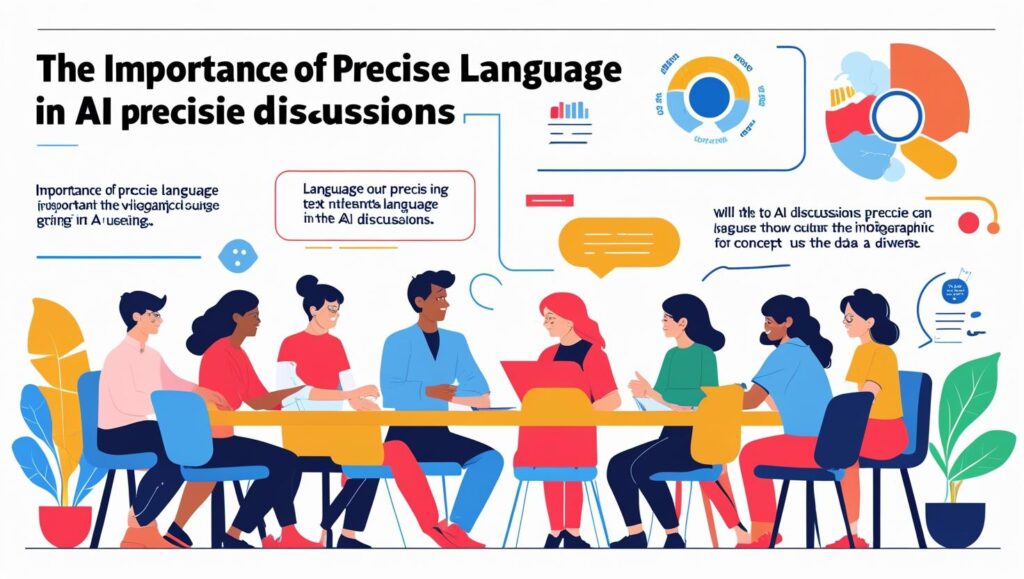
Understanding the Role of AI in the Workplace
Rather than framing AI as a colleague, we should see it for what it is: a powerful automation tool. It’s excellent at handling repetitive, data-driven tasks but lacks emotional intelligence, ethical reasoning, and real understanding.
Common Use Cases of AI at Work
- Automating customer support with chatbots
- Analyzing large datasets for market trends
- Streamlining recruitment with resume screening
- Enhancing user experience through personalization
At Webie, we help businesses deploy AI strategically—without diluting the importance of human decision-making. Our services combine digital tools and human creativity to improve performance without confusion.
The Real Impact of AI on Jobs and Team Dynamics
One major concern is the impact of AI on jobs. While AI can boost productivity, it may also displace certain roles. Instead of pretending AI is just “another team member,” leaders should:
- Be transparent about what AI will replace or assist
- Communicate changes in workflows clearly
- Invest in employee upskilling
By addressing these factors directly, businesses can build trust and ensure ethical adoption of workplace automation solutions.
How to Integrate AI Tools Without Misleading Employees
Proper integration starts with honest communication. To responsibly implement AI:
- Describe AI tools as systems or assistants—not peers
- Provide training so teams understand how to work alongside automation
- Clarify what AI does (and doesn’t do)
These steps ensure that AI and human roles remain clearly defined. It also prevents dependency or overtrust in machine outputs, which can result in critical mistakes.
Looking to explore real examples of AI integration and ethical automation? Don’t miss our podcasts, where we break down how emerging tech is reshaping the workforce.
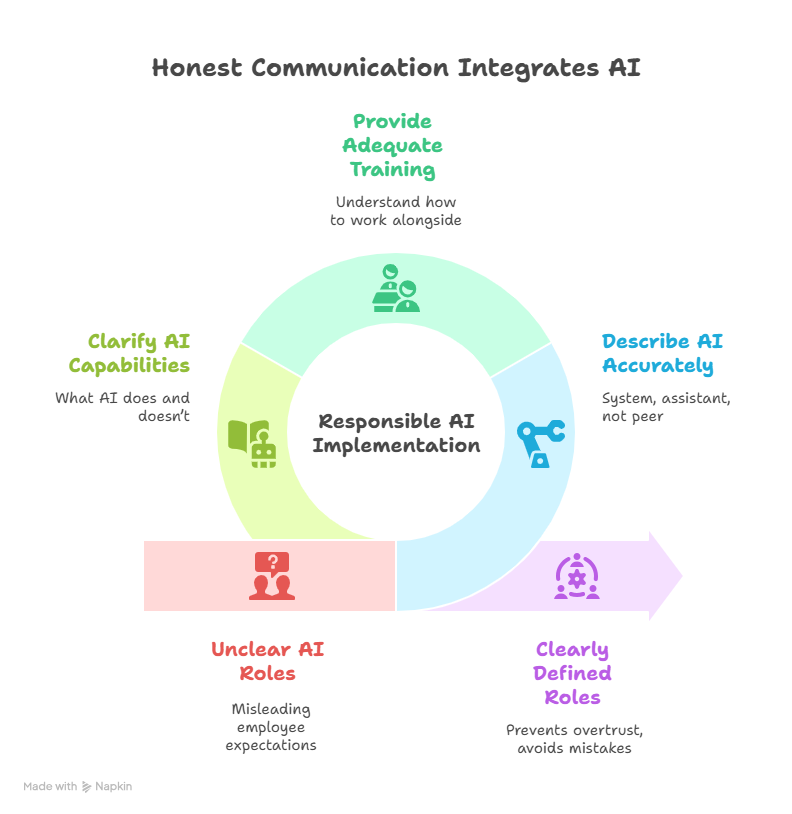
Why Clear Boundaries Between Humans and AI Matter
While it may be tempting to humanize AI for marketing or internal messaging, doing so can undermine the contributions of real people. Recognizing the difference between tools and teammates helps protect job identity and empowers individuals in evolving work environments.
Conclusion: It’s Time to Reframe the AI Narrative
Calling AI your co-worker might sound clever—but it’s misleading. As we continue to adopt AI in the workplace, clarity in language is critical. By understanding how to integrate AI tools effectively and respecting the boundaries between humans and machines, we can foster a more ethical, efficient, and empowered workforce.

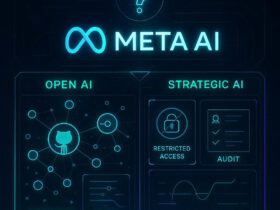
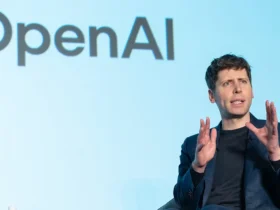
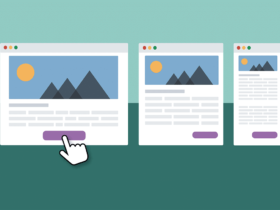


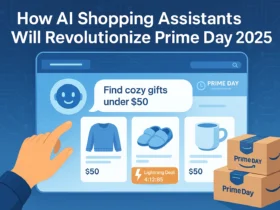








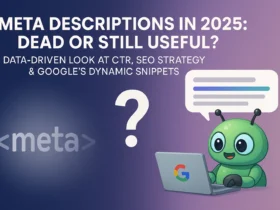



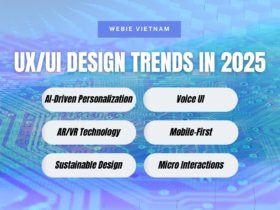




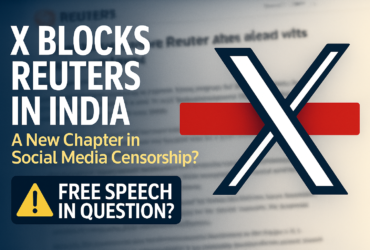
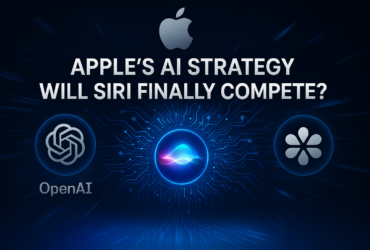

Leave a Reply